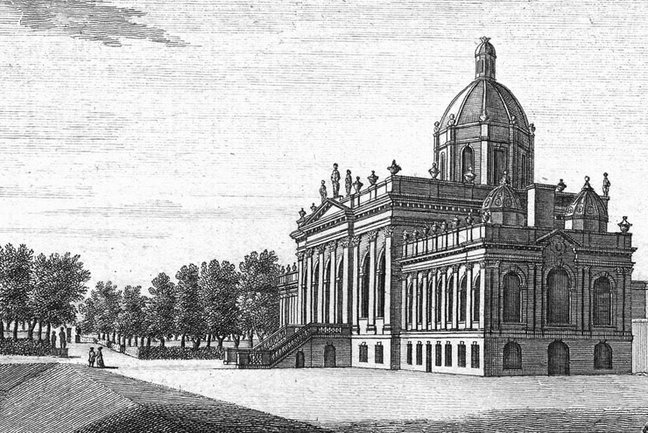Please enter your username and password to logon to the member pages

Great Houses of the North
Great Houses of the North Overview
The finest country houses and gardens in northern England, from medieval to Victorian, with an emphasis on the eighteenth century. All aspects of the country house are studied – architecture, furniture, decoration, works of art; gardens and parks; historical context and daily life; conservation and custodianship. Unrushed: there is plenty of time.The country house is England’s most distinctive contribution to the world’s cultural heritage. Other countries have aristocratic residences of course, but none in such profusion, such variety, and in such a state of completion and preservation.
A first-rate country house is more than a house. Clustering around are gardens, auxiliary buildings and a park, and beyond lie working farms and enterprises of all sorts. Inside, there are furnishings and works of art and gadgets and utensils and curios: in many of the houses on this tour these moveables are of a quality and a quantity which surpass the collections of all but a couple of dozen of England’s museums.
Why is England the locus classicus of the country house? Wealth is a precondition of their erection in the first place, and by and large there was a sufficiency; geography has been kind in allowing agricultural prosperity, and Britain’s primacy in trade and industry fed into stately piles. Relative peace and absence of foreign occupation, preference for primogeniture, a reluctance to revolt, a fruitful balance between the power of the monarch and the rights of the nobles: all these have been factors in the creation and maintenance of country house culture. Most of the houses on this tour have been in the same family for several generations.
One feature of the English country house is that it usually resides in the country; on the Continent the town often presses around the forecourt. Some of the countryside through which this tour passes has a bleak and rugged beauty – the moorland of the Peak District and the uplands of Northumberland. But most is gently rolling farmland with green fields, ancient hedges, majestic trees and contented livestock, far from urban sprawl and seemingly remote in time. Many of the houses have brilliant gardens; space precludes mentioning them all below, but there is usually plenty of time for enjoying them.
The leisurely pace of the tour is a distinctive feature. Time is allowed for relaxing and reflecting and exploring on ones own. Special arrangements comprise another significant feature, including out-of-hours opening and access to parts not normally seen by visitors.

